E-commerce Growth
The rise of e-commerce is transforming the retail landscape for the Freezer Bags Market. With more consumers turning to online shopping for convenience, the demand for freezer bags available through digital platforms is increasing. Recent data suggests that online sales of freezer bags have grown by approximately 40% in the last year, driven by the ease of access and variety offered by e-commerce retailers. This shift is prompting traditional retailers to enhance their online presence and adapt their marketing strategies to capture this growing segment. As a result, manufacturers are likely to collaborate with e-commerce platforms to optimize distribution channels and reach a broader audience. The continued expansion of online shopping is expected to further propel the Freezer Bags Market, creating new opportunities for growth.
Health and Wellness Trends
The growing focus on health and wellness is shaping consumer preferences within the Freezer Bags Market. As more individuals adopt healthier eating habits, the need for effective food storage solutions becomes paramount. Freezer bags that preserve the freshness and nutritional value of food are increasingly sought after. Market data indicates that sales of freezer bags designed for meal prepping and portion control have surged, reflecting a 20% increase in this segment. This trend is driven by the rising popularity of home cooking and meal planning, as consumers aim to reduce food waste and maintain a balanced diet. Manufacturers are responding by offering specialized freezer bags that cater to these health-conscious consumers, thereby expanding their product offerings and enhancing their market share.
Sustainability Initiatives
The increasing emphasis on sustainability within the Freezer Bags Market is driving demand for eco-friendly products. Consumers are becoming more aware of environmental issues, leading to a preference for biodegradable and recyclable freezer bags. This shift is reflected in market data, which indicates that the sales of sustainable freezer bags have risen by approximately 25% over the past year. Companies are responding by innovating their product lines to include materials that minimize environmental impact. As a result, brands that prioritize sustainability are likely to gain a competitive edge, appealing to a growing segment of environmentally conscious consumers. This trend not only enhances brand loyalty but also aligns with regulatory pressures aimed at reducing plastic waste, further propelling the growth of the Freezer Bags Market.
Technological Advancements
Technological innovations are playing a crucial role in the evolution of the Freezer Bags Market. Advances in materials science have led to the development of stronger, more durable freezer bags that offer superior protection against freezer burn and leakage. These innovations not only enhance product performance but also improve consumer satisfaction. Market Research Future indicates that the introduction of multi-layered freezer bags has contributed to a 30% increase in customer retention rates. Furthermore, the integration of smart technology, such as temperature indicators, is emerging as a potential trend that could redefine consumer expectations. As manufacturers continue to invest in research and development, the Freezer Bags Market is likely to witness a wave of new products that leverage these technological advancements.
Convenience and On-the-Go Lifestyle
The fast-paced lifestyle of consumers is significantly influencing the Freezer Bags Market. As individuals seek convenience in their daily routines, the demand for freezer bags that offer easy storage and portability is on the rise. Market analysis suggests that products designed for on-the-go use, such as resealable and pre-portioned freezer bags, are experiencing increased popularity. This trend is particularly evident among busy families and professionals who prioritize efficiency in meal preparation and storage. The market for these convenient solutions is projected to grow, with estimates indicating a potential increase of 15% in sales over the next few years. Consequently, manufacturers are likely to focus on developing innovative designs that cater to this demand, thereby enhancing their market presence.
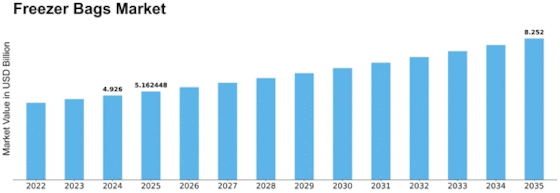


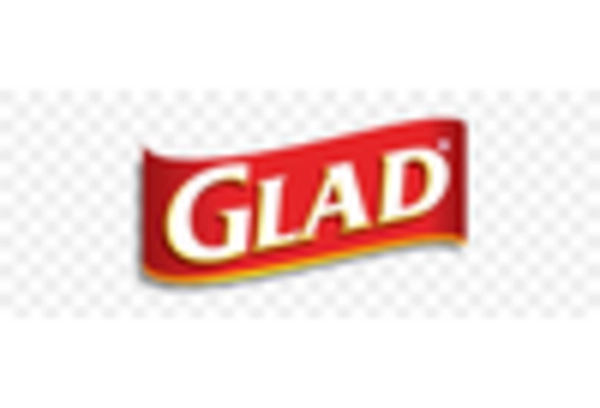

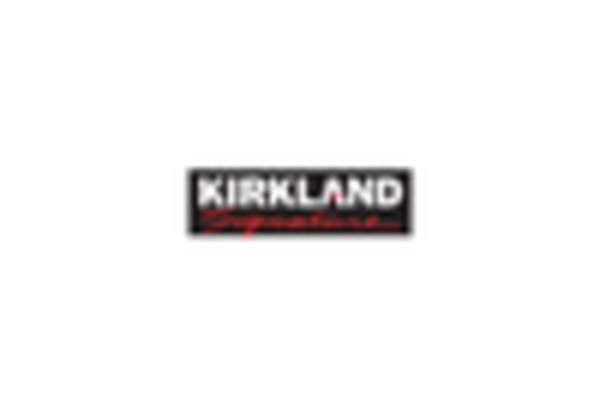
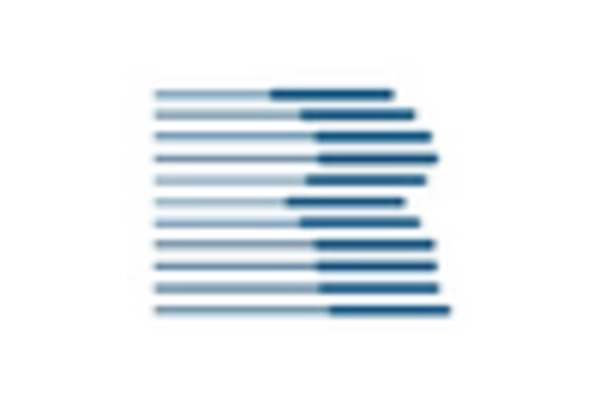

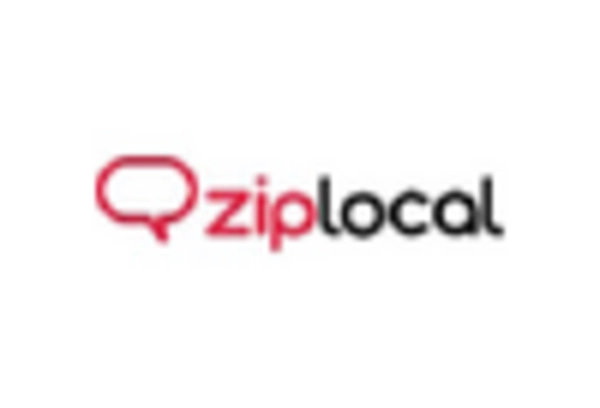









Leave a Comment